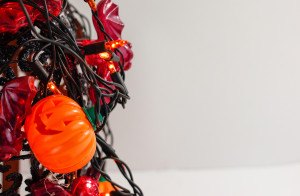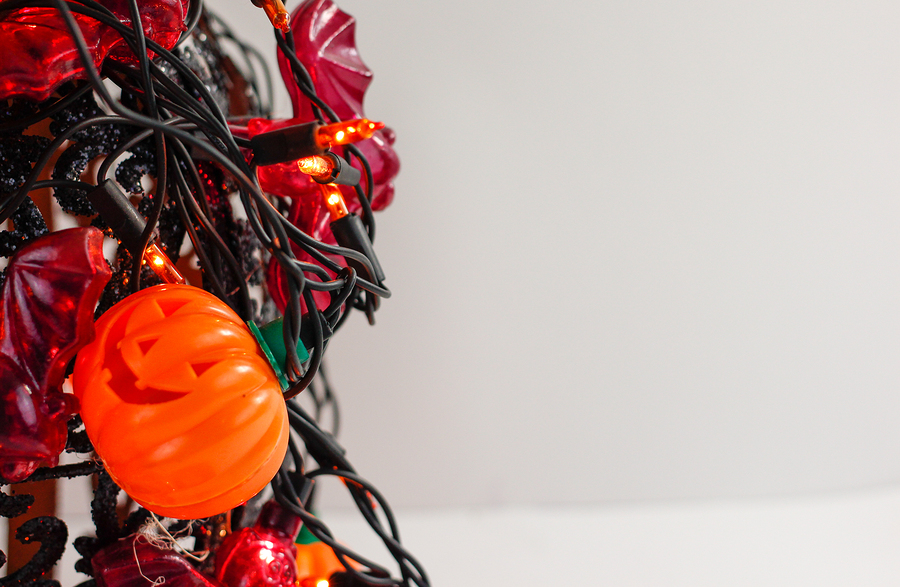Effective June 3, 2015, the U.S. Consumer Product Safety issued a new safety rule for seasonal and decorative lights, allowing the agency to remove hazardous products from the market more effectively.
According to an Electrical Safety Foundation International consumer survey conducted in 2013, more than 86 percent of American homes are decorated during the holidays. The survey also found that nearly two third of the respondents use electric lighted displays for indoor decorations and half used electric lighted displays for outdoor decorations.
 Seasonal and decorative lighting products include lighted decorations, such as stars, wreaths, electric candles without shades, light sculptures, blow-molded (plastic) figures and animated figures incorporating lights. Under the new rule, if these products lack any of three readily observable characteristics described in the UL 588 voluntary standard─minimum wire size, sufficient strain relief, or overcurrent protection─CPSC will deem the products to present a substantial product hazard to consumers. The new rule streamlines CPSC’s ability to stop shipments of nonconforming decorative lights at U.S. ports of entry and secure recalls for hazardous lights that have been sold.
Seasonal and decorative lighting products include lighted decorations, such as stars, wreaths, electric candles without shades, light sculptures, blow-molded (plastic) figures and animated figures incorporating lights. Under the new rule, if these products lack any of three readily observable characteristics described in the UL 588 voluntary standard─minimum wire size, sufficient strain relief, or overcurrent protection─CPSC will deem the products to present a substantial product hazard to consumers. The new rule streamlines CPSC’s ability to stop shipments of nonconforming decorative lights at U.S. ports of entry and secure recalls for hazardous lights that have been sold.
While the new rule doesn’t place additional requirements on manufacturers to do additional testing or paperwork, the agency hopes it will improve safety since seasonal and decorative lighting products have been responsible for hundreds of fire- and shock-related deaths and injuries over the years. CPSC is aware of 132 fatal incidents that occurred from 1980 through 2014 which led to 258 deaths, and 1,405 nonfatal incidents associated with seasonal and decorative lighting products.
Since 1974, CPSC staff has announced 47 voluntary recalls of seasonal and decorative lighting products, involving a total of 3.6 million units. In addition to product recalls, CPSC staff has stopped at least 127 shipments of non-compliant seasonal and decorative lighting products at the ports, involving about 31 companies and a total of about 200,000 lighting units.
Over the years since that time, a voluntary standard was put in place and the average number of incidents and deaths relating to seasonal and decorative lighting products declined. The new rule incorporates elements of the voluntary standard and will streamline CPSC’s efforts to prevent the distribution and sale of nonconforming seasonal and decorative lighting products.
The Consumer Product Safety Improvement Act of 2008 (CPSIA) provided CPSC with the authority to specify, by rule, for any consumer product or class of consumer products, characteristics whose existence or absence shall be deemed a substantial product hazard.
Due to the Commission’s ruling that lights lacking any of these safety characteristics are a substantial product hazard, manufacturers, importers, distributors and retailers must report these hazards to the CPSC. Such lighting products are also subject to corrective action and now must be refused admission into the United States. Additionally, U.S. Customs and Border Protection is authorized to seize nonconforming lighting products offered for import.
Source: CPSC
Was this article valuable?
Here are more articles you may enjoy.


 Plane Carrying New York Lawmakers Clipped at Reagan Airport
Plane Carrying New York Lawmakers Clipped at Reagan Airport  UAW Joins Critics Slamming RFK Jr.’s Cuts to Worker Safety Unit
UAW Joins Critics Slamming RFK Jr.’s Cuts to Worker Safety Unit  LA Wildfires Had Little Impact on Reinsurer Risk Appetite During April Renewals
LA Wildfires Had Little Impact on Reinsurer Risk Appetite During April Renewals  EU Adopts Tariffs on $23B Billion of US Goods in Metals Fight
EU Adopts Tariffs on $23B Billion of US Goods in Metals Fight 